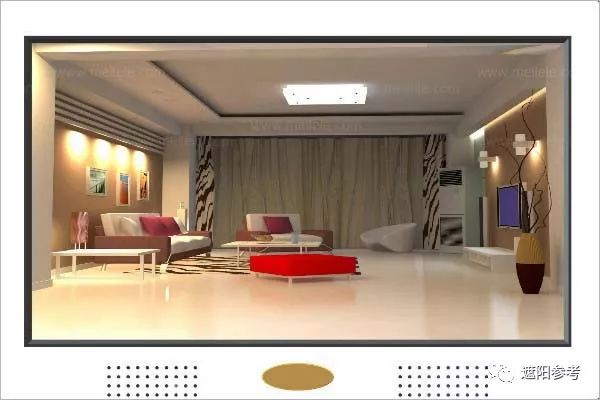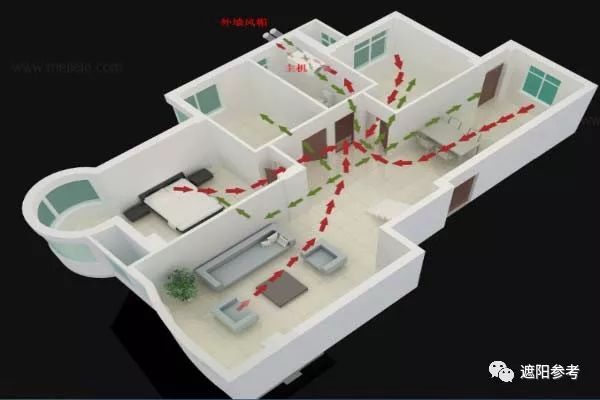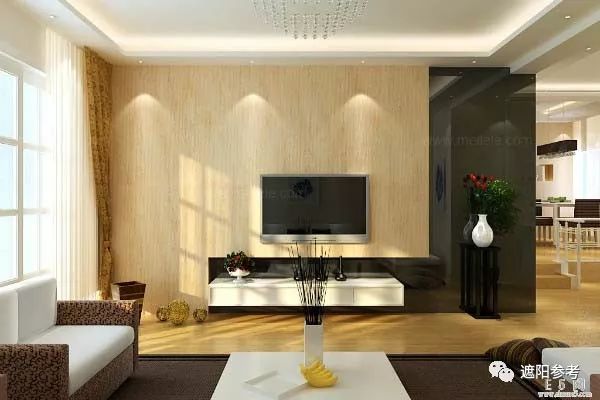[New Friends] Click ↗ the blue small text “Shade Reference”
Introduction to Smart Home Control Systems

Smart home control systems are based on residential platforms, with home appliances and devices as the main control objects. They utilize integrated wiring technology, network communication technology, security technology, automatic control technology, and audio-visual technology to efficiently integrate facilities related to home life, creating an efficient control and management system for residential facilities and family schedules. This enhances the intelligence, safety, convenience, comfort, and environmental energy-saving of the smart home network control system platform. The smart home control system is the core of the smart home and the foundation for realizing smart home control functions.
Working Principle of Smart Home Control Systems

Command Emission Module
The role of the command emission module is to receive various sensing signals through various sensor devices and trigger control commands or manually trigger corresponding emission-type smart devices. For example, temperature and humidity sensors collect data on indoor temperature and humidity changes and set trigger requirements for changes. When the temperature or humidity reaches the preset trigger requirements, it issues control commands; when the temperature is high, the air conditioner starts cooling, and when the temperature is low, the air conditioner starts heating. If a brightness sensor is installed, when indoor lighting is sufficient, the preset lights automatically turn off, and when indoor lighting is insufficient, the preset lights automatically turn on. If a security motion sensor is armed, it will immediately trigger a phone alarm upon detecting movement. In unarmed mode, it will turn on preset lights when it detects a person and turn them off when no one is detected. These scenarios are accomplished through various sensors that actively trigger intelligent control. Of course, control commands can also be manually triggered through various smart remote controls, smart panels on walls, or directly through an unrestricted computer on the home network. If no one is indoors, control can still be achieved remotely via phone or the INTERNET.
Command Execution Module

Smart Home System
For example: turning lights on or off is mainly accomplished through smart panels. When the smart panel receives various control commands, it analyzes and decodes them to drive the corresponding high-voltage control circuit, connecting or disconnecting the light control circuit, thus completing the control. Similarly, the control of appliances and curtains follows the same principle. When the digital curtain switch receives a control command, it immediately drives the corresponding circuit of the electric curtain motor to connect or disconnect, achieving curtain control. For infrared appliance control, such as air conditioners, televisions, and DVDs, it is accomplished through human body sensors installed in the ceiling. When the body sensor receives a control signal, it immediately forwards the control signal as corresponding infrared commands, such as turning on/off the DVD player, play, pause, etc. For the completion of security alarm functions, when the digital security module receives a control command, it converts it into corresponding voice signals to call preset phone numbers for alarms. For background music control, when the digital audio-visual center receives a control command, it immediately switches the external playback source circuit and starts playing the audio source. Therefore, when various complex scene commands are triggered, such as the “cinema” scene key, the corresponding command execution device system decodes and executes the control commands accordingly, thus activating the lights, appliances, curtains, and background music to operate at preset levels, achieving the desired scene effect.

Features of Smart Home Control Systems
1. Flexible system composition. Overall, the smart home control system is composed of various subsystems combined through a network communication system. You can reduce or increase subsystems as needed to meet demands.
2. Convenient operation and management. All devices in the smart home control can be operated via mobile phones, tablets, touch screens, and other human-machine interfaces, making it very convenient.
3. Rich scene control functions. Various control modes can be set, such as away mode, home mode, rainy mode, birthday mode, party mode, energy-saving mode, etc., greatly meeting quality of life needs.
4. Information resource sharing. The temperature, humidity, and dryness in the home can be published online, forming regional environmental monitoring points that provide effective and valuable information for environmental monitoring.
5. Easy installation and debugging. Plug and play, especially using wireless methods, allows for quick system deployment.
Previous Highlights
The establishment of the drafting group for the “Technical Regulations for Building Intelligent Control Shading Systems” and the successful first working meeting in Beijing
The 2017 National Building Shading Industry Annual Conference and the Fourth Brand Cultivation Award Ceremony were successfully held
Notice on the public solicitation of drafting units for the “Technical Specifications for Construction and Installation Services of Building Shading Products”
Notice on the launch of the China Building Shading Products Energy-saving Certification Leader Activity
Fashion, Intelligent Control, Energy-saving, Low Carbon—The Future of China’s Building Shading